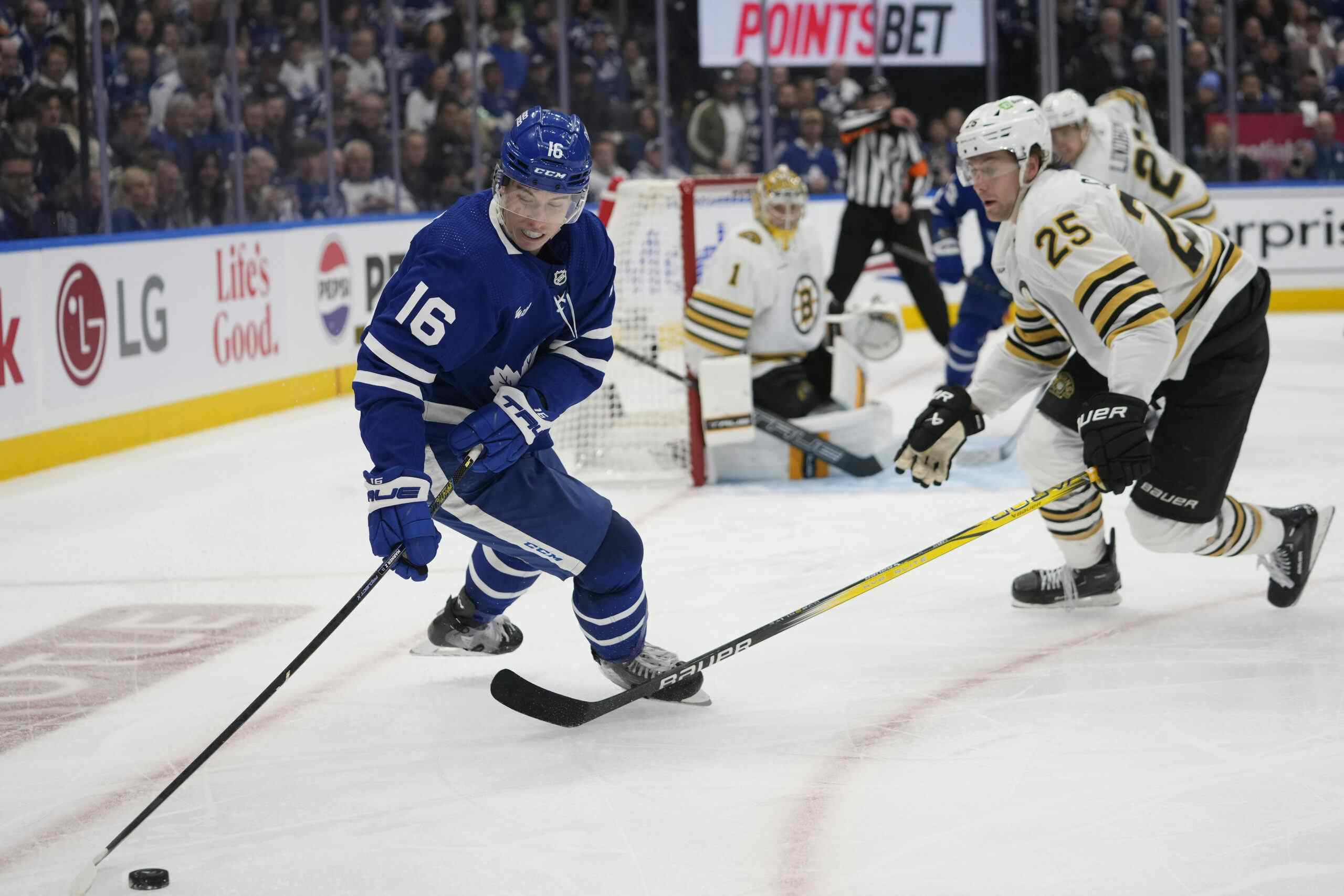How Good Are The Leafs: October Edition

Photo Credit: John E. Sokolowski/USA TODAY SPORTS
One of the biggest topics of discussion among Leafs fans after the first month of the season is centred around just how good this team is.
There’s many out there who remember last year’s futility and think this year will be more of the same, especially with that defence. It’ll be a while before they compete.
There are others who think this team can be competitive this season but ultimately don’t have the talent or depth to make it to the post-season. Maybe next year, but it could be close.
Then there are the optimists that are hell bent on the fact that #TheLeafsAreActuallyGood and the pain is over. Playoffs could come as soon as this season.
How good are they really?
Toronto has started the season with a pedestrian 5-5-3 record, which is hardly playoff worthy, but also not exactly lottery bound either. They’re in the mix. And while there are been some games that have been disasters – Tuesday against the Kings comes to mind – the team has been mostly pretty good to start the season. They generally win the shot attempts battle on most nights and rank ninth in score-and-venue adjusted Corsi at 51.5 percent according to corsica.hockey. If it weren’t for leaky goaltending (and also that goaltending being left hung out to dry) this team might be much higher in the standings.
The team is on pace for 82 points, and they probably deserve a bit more than that based on their play so far. Before the season started I projected that the Leafs would be around an 87 point team based on a model using Game Score which measures the value of each player in the league. That would put them in the middle camp: not quite playoff calibre, but not a flaming pile of garbage either.
Now that we’ve played some games, though, I wanted to check in to see how each player’s individual projections compare to pre-season expectations and how the team is likely to fair as a whole. This is especially important for this team specifically as many of the players are rookies and the initial projections for them didn’t have any NHL data to its name. Here’s what it thinks right now.
(My goal was to do this at the end of every month, but I got busy/lazy so here it is on November 10)
How Good Are The Leafs?


Before the season started, this model thought Toronto was an 87 point team. After 13 games that’s been revised up slightly to 87.8 points. Despite playing at a lower pace than expected, the team is expected to do better because the model thinks the team is a bit stronger than it previously thought. The Leafs were expected to be a .466 team heading into 2016-17, but after 13 games it’s more likely they’re closer to a .477 team.
The biggest reason for the slight upswing? The Big Three are much better than expected. Auston Matthews specifically had the biggest increase of any player on the team, as he’s now worth 2.6 wins instead of 1.4. The initial projection was very conservative towards what he would bring to the table in his first season – seeing him as a solid second line centre to start – but he’s blown those expectations out of the water, looking like a legit number one already (and I don’t think that’s too controversial of a take either).
His wingman, William Nylander, has also been sensational and the two form a potent duo that is already among the league’s best. Mitch Marner has also been incredible to start and is earning big minutes, two things that weren’t expected going into the season.
On the back-end, both Morgan Rielly and Connor Carrick have performed modestly above expected. Jake Gardiner has too, but is playing two fewer minutes than I thought he would, meaning his total value remains constant. (It seems odd that one of the Leafs best d-men is fourth on the depth chart and playing under 20 minutes a game, but that’s a debate for another day).
On the flip-side are the guys who are under-performing. James van Riemsdyk and Nazem Kadri look to be underachieving, but that’s mostly due to lower ice-time. Per minute, their Game Score has stayed relatively constant. On the other hand, Matt Martin and Connor Brown haven’t been nearly as good as this model thought they’d be, although in Brown’s case that may be due to an initial over-estimation due to his small sample size at the time.
The most concerning drop is obviously in net. Andersen has had an up and down start to the season and his value has dropped by half a win from his start. It’s still likely he bounces back, but this suggests that his current ability is that of a below average starting goalie, which is not really what you’d like from a guy you just signed to a five-year contract worth $5 million per.
Overall, the results aren’t too different from what many reasonable people would expect, I think. The forward group is strong, and almost top 10 calibre. Slotting Peter Holland in over Ben Smith would be an optimal change that would put them over that hump. It’s the defensive side of the game that is the issue as both the D-corps and goaltending ranks in the bottom five. Both those will need to improve drastically if the team wants to go from outside the playoff picture to #ActuallyGood.
Recent articles from Dom Luszczyszyn





